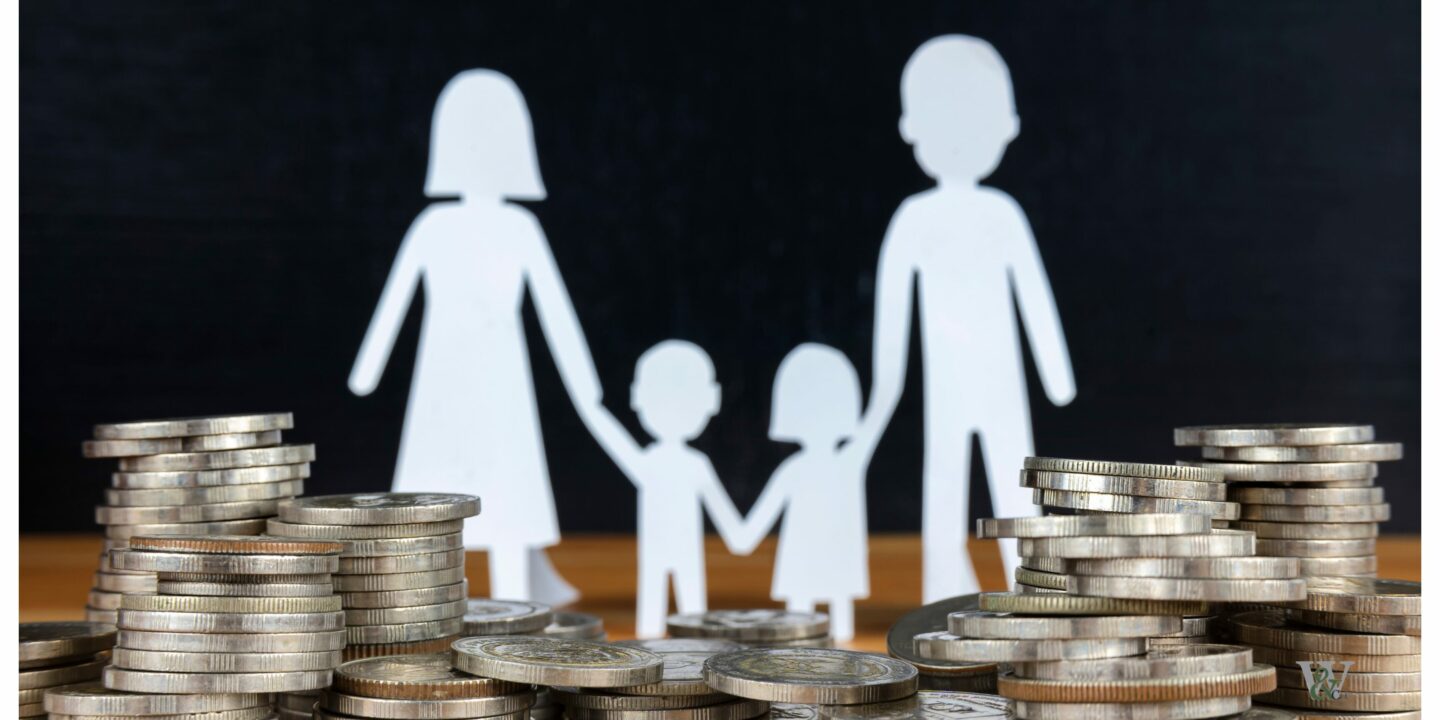These updates aim to simplify how higher earners manage the tax charge on Child Benefit, a welcome change for many families, especially those who juggle employment and self-employment income.
A quick reminder: what is the High Income Child Benefit Charge (HICBC)?
The HICBC applies when either you or your partner has an adjusted net income of more than £60,000.
- Once income exceeds £60,000, the charge begins to taper.
- At £80,000 or above, the entire amount of Child Benefit received is effectively repaid through the charge.
In the past, many parents had to complete a Self-Assessment tax return solely to pay this charge, even if their tax affairs were otherwise simple.
What’s changed from 21st October 2025?
HMRC has now introduced a new option for paying the High Income Child Benefit Charge. From this date, parents can choose to pay the charge through their PAYE tax code, rather than only through Self-Assessment.
This update means:
- You’ll no longer need to file a Self-Assessment return just for the HICBC (if all other income is taxed under PAYE).
- HMRC will automatically adjust your tax code to collect the charge throughout the year.
- Those earning between £60,000 and £80,000 will start receiving correspondence from HMRC explaining how to use this new system.
What stays the same?
Thresholds and charge amounts remain unchanged. It’s still worth registering for Child Benefit, even if you don’t receive payments, to ensure NI credits and automatic NI number issuance for your child.
- You receive National Insurance credits towards your State Pension, and
- Your child is automatically issued a National Insurance number at 16.
Why this matters to you
For many of our clients, particularly those who are self-employed, running a limited company, or working in the security and trades industries, income can fluctuate year to year. This update offers a more straightforward way to manage your tax position without unnecessary paperwork.
If your income is mainly through PAYE employment, this change could mean one less Self-Assessment return to worry about. However, if you have additional sources of income or variable earnings, it’s still important to review your position each tax year to ensure the correct amount of tax is paid.
Next steps
Review your current tax year income.
- Check if you or your partner earns over £60,000.
- Consider whether PAYE collection will simplify your taxes.
- Contact us if you need help applying this change.
If you’re unsure whether this change affects you, or if you’d like help reviewing your income and tax position, get in touch with us. We’ll ensure you understand your options and make the best choice for your circumstances.
Want to know more: High Income Child Benefit Charge: Overview – GOV.UK
Visit our News Hub for the latest – News – Whittaker & Co (whittakerandco.com)
info@whittakerandco.com
+44 (0) 1686 610662





